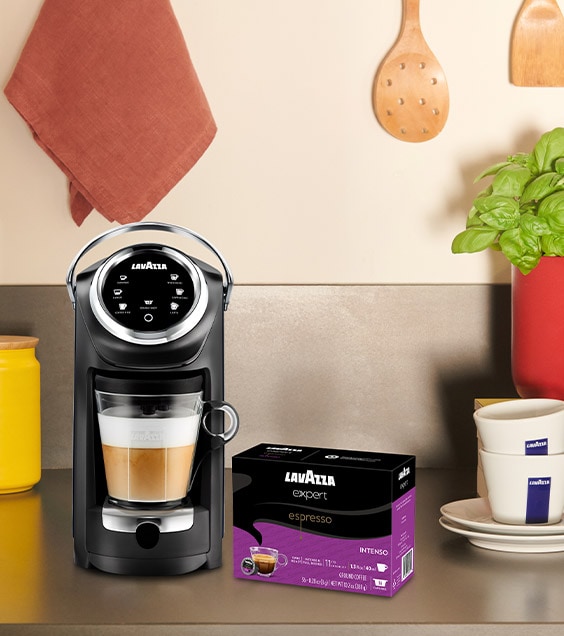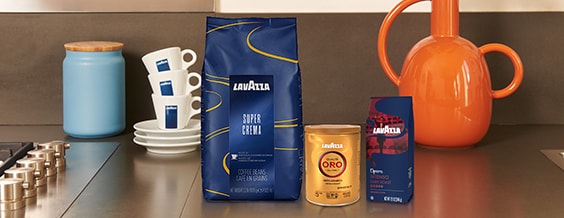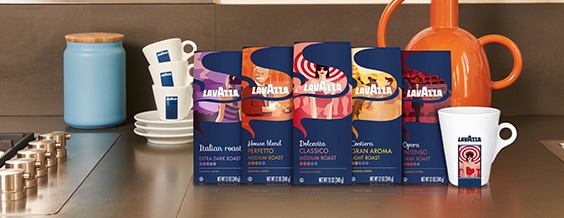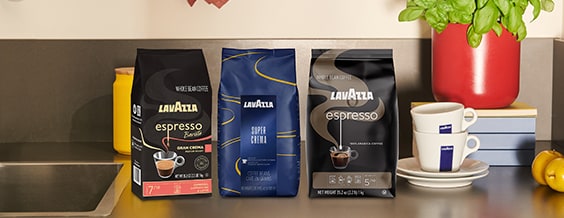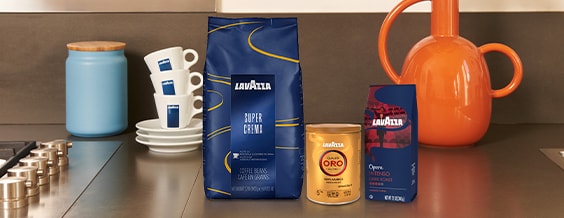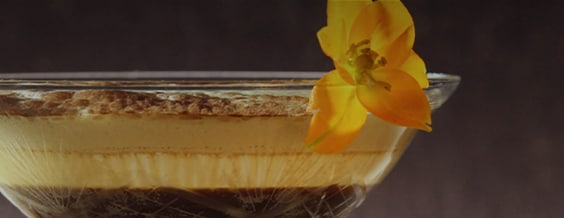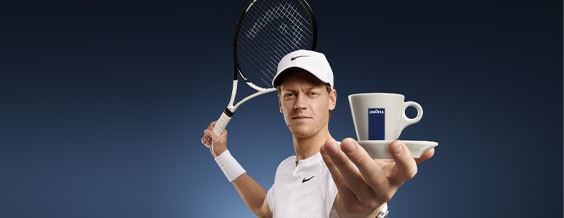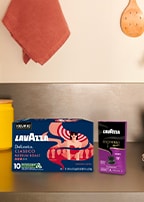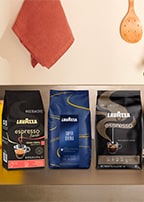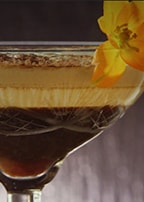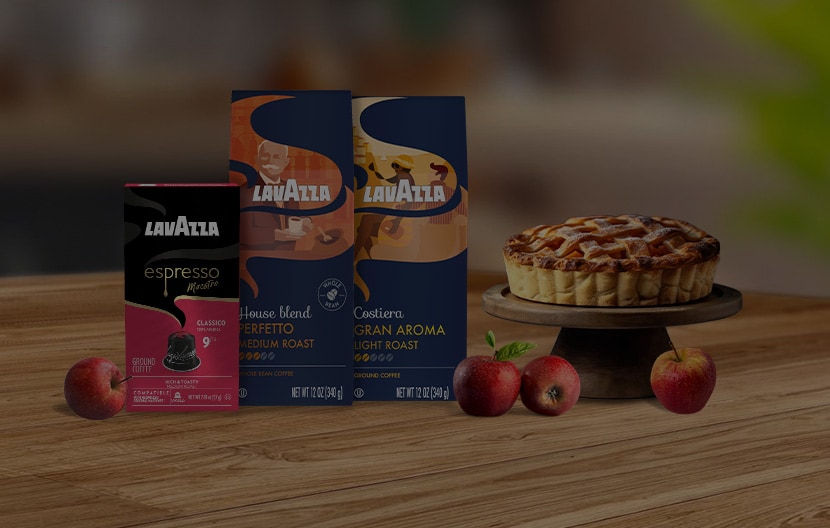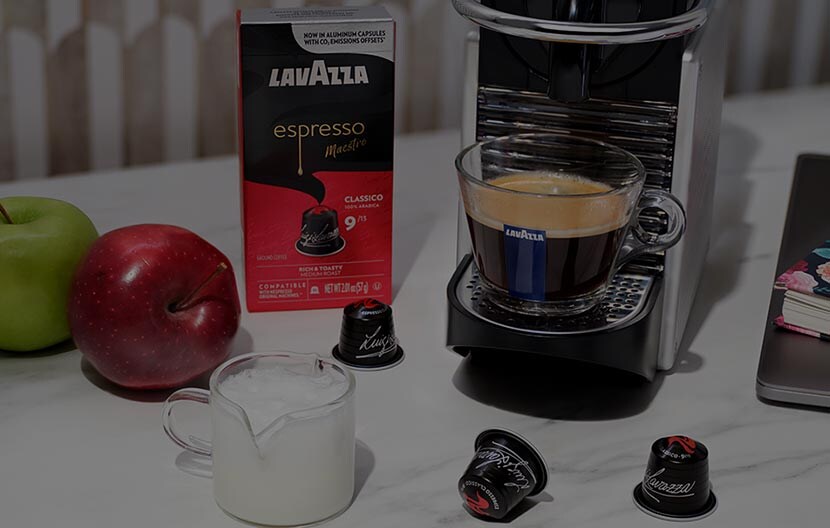*Lavazza is not affiliated with, endorsed or sponsored by Nespresso
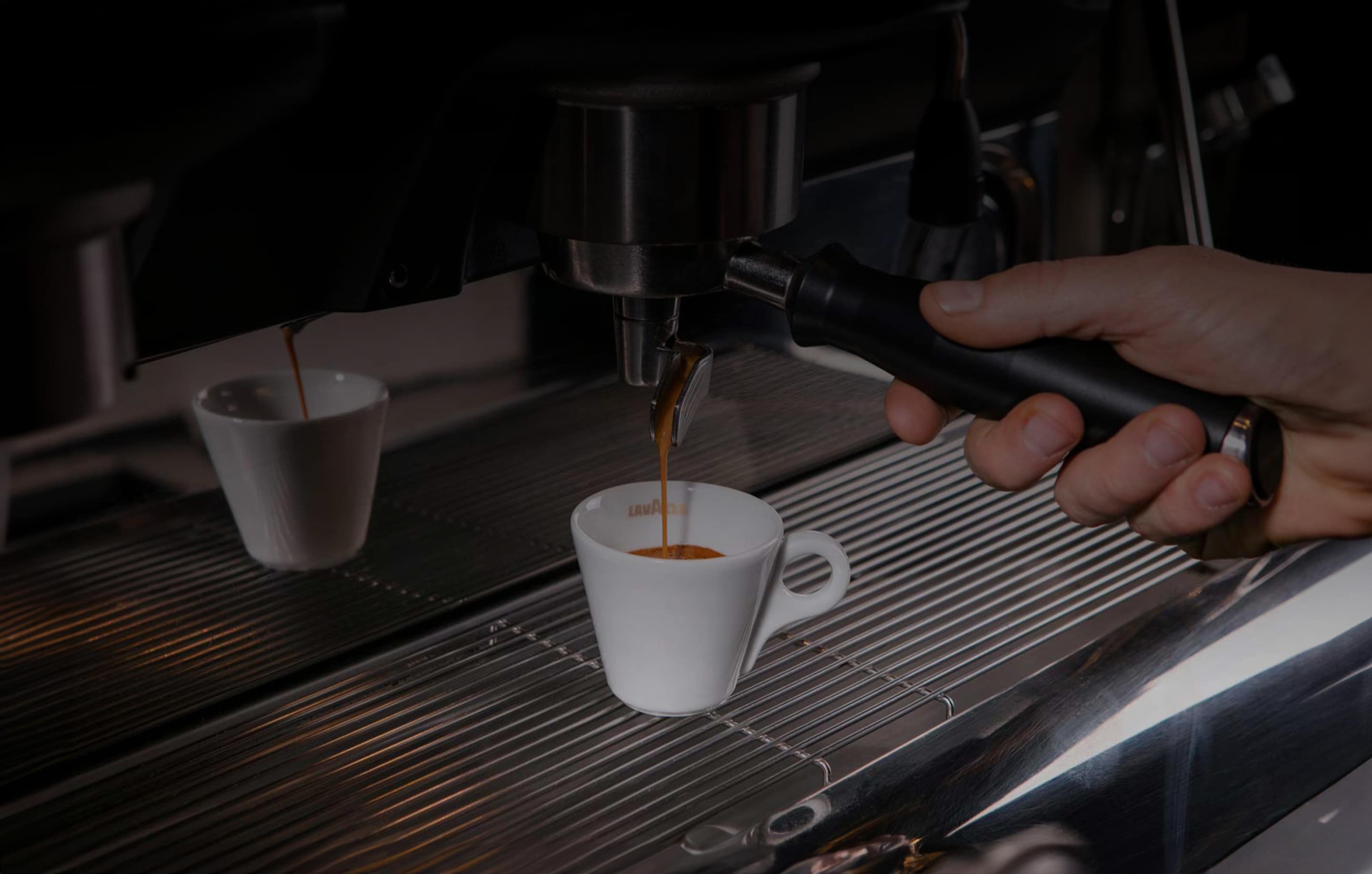

7 Fun Facts About Coffee
If you’re reading this, it’s likely that you’re something of a coffee aficionado. Perhaps you’re a longtime caffeine addict, or maybe you’re newly inaugurated into the world of coffee - either way, we bet that we can teach you a few things you might not have known about coffee.
Coffee: One of the Most Consumed Beverages in the World
One of the most amazing facts about coffee is that it is the second most-consumed beverage globally, 2nd place only to water, with about two billion cups drank every day? This mass consumption spans across hundreds of countries and cultures, on every continent, making coffee its own universal language.
The Origins of Coffee
It is widely believed that coffee originated in the ancient forests of Ethiopia, where legend says that a goat herder by the name of Kaldi first discovered their caffeinated properties after noticing his goats behaving uncharacteristically energetically after eating berries from the coffee plant. After reporting his findings to the local monastery, the abbot made himself a drink using the coffee cherries and was delighted to discover that it kept him alert during the long hours of the evening prayer.
Read more about the complex history of coffee in our article.
The Variety of Coffee Plants
It is estimated that there are over 100 different species of coffee plant grown worldwide, however the two most popular and widely grown are the arabica
and the robusta plant. The arabica plant makes up about 60% of the world’s coffee production and is highly sought-after for its smooth flavor profile and its lower caffeine content, whereas the robusta plant produces stronger, more bitter coffee, often used in espresso blends to give them an extra kick.
The Decaffeination Process
While many coffee drinkers love the caffeine boost provided by the popular beverage, others may simply want to enjoy the flavor of the drink without having to worry about being kept awake. The decaffeination process of coffee was first performed as a one-off by the chemist Friedlieb Ferdinand Runge in 1820, though it wasn’t commercially popular until Ludwig Roselius later patented his own method of decaffeination using solvents in 1903.
Another popular method used for decaffeination today is the Swiss Water process, which removes caffeine by soaking the green coffee beans in water over a long period of time, allowing the caffeine to be extracted without compromising the flavor of the coffee. A lesser-known fact is that decaf coffee still contains around 2-5% of the original caffeine content.
Another well-known method is using Carbon Dioxide in a supercritical state. Invented in the 1970s and still widely used, especially for carbonated soft drinks, energy drinks and many products. This method leaves a caffeine residue of under 1% and is a natural process that does not involve chemical solvents, like that of Swiss Water.
The World’s Largest Cup of Coffee
As recorded by the Guinness World Records, the largest cup of coffee ever was achieved by Tonic World Center S.A. DE C.V. in Guanajuato, Mexico in 2022, and contained a whopping 26,939.22 liters of water. During this attempt, 300 kg of coffee were used and the cup measured 3.5 meters in diameter and 3.05 meters tall.
The First Coffee Shop
Coffeehouse culture first originated during the Ottoman Empire, and it is believed that the very first coffee shop was Kiva Han in the vibrant city of Constantinople (now Istanbul), established in the early 16th century. At this time, coffeehouses were known as "qahveh khaneh" and served as important social and cultural centers. These establishments were not just for drinking coffee, but also for discussing politics, engaging in debates, and enjoying music and performances.
The Most Expensive Coffee Types Around the World
In the world there are certain varieties of coffee considered highly valuable both for their taste and their cost.
Black Ivory Coffee
The most expensive type of coffee in the world is Black Ivory Coffee, produced in northern Thailand. Arabica beans are consumed by elephants and then collected from their excrement to be cleaned and processed for consumption. It is thought that the natural fermentation process of the beans being digested by the elephants produces a smooth, fruity flavor. The production process requires around 35 kg of coffee cherries to be consumed by the elephants to yield less than one kilo of coffee beans, at a cost of $1,500 per kilo.
Panama Geisha Coffee
Another very expensive type of coffee is Panama Geisha which was sold for $10,005 paid per kilogram ($4,588 per pound) at auction. It turns out to be the highest price ever paid for a coffee at auction.
During the auction event, 1,250 kilograms of coffee were auctioned in 50 lots of 25 kg each, for a grand total of $1,085,275. In natural Geisha bids, the highest price was $2,504 per kilogram, for a batch from Mount Totumas coffee.

